I lost count at fifty. So let's just say there are at least fifty sheets of kohlrabi, layered in soft, translucent ribbons, that made up this dish. They're marinated with cherry leaves, interspersed here and there with apple, Vietnamese coriander and lemon balm. The whole fragile assemblage is laid atop a base of tangy creme fraiche. It's beautiful, delicate, brightly flavored, unexpected – and also the best kohlrabi dish I've ever tasted.
Not that there's a robust competition for that honor. But I'm actually a big fan of the unloved and alien-looking vegetable. Apparently so is Ben Sukle, the chef at Birch in Providence, Rhode Island, which he opened with wife Heidi in 2013.
I keep lists of restaurants for dozens of cities I've never visited, as if I might get airlifted one day without warning and need to find a good meal. I didn't have a long list for Providence, but I did have at least this one name.[1] I'd heard of Birch by way of DocSconz, who'd gotten there early and then made his way back the following year.
So when I had reason to visit Providence this past Sunday,[2] I didn't look that hard for a same-day return flight, and instead lingered for dinner. It was time well spent.
As that kohlrabi dish suggests, Sukle's approach at Birch is vegetable-forward, with a strong focus on the local and seasonal, including a few real oddities here and there ("preserved hardy kiwiberry"?). Just from looking at his menu, you'd likely hazard a guess that Sukle's spent some time in the New Nordic church, and you'd be right: his resumé includes a one-month stage at Rene Redzepi's Noma, and it obviously made an impression. But there's a difference between inspiration and apery. This isn't all reindeer moss and gooseberries; Sukle's taken the spirit and ethos of the style and adapted it to his native New England ingredients in a way that feels natural and uncontrived.
That menu comprises four courses, with three choices for each. I unabashedly enjoy solo dining, but one downside is not getting to try as many things. Happily, there was a solution: though not listed, Birch will also do a chef's choice, 8-course tasting in smaller portions. Perfect.[3]
The dining room at Birch has a wonderfully simple layout: it's a square about 20 feet across, occupied by a u-shaped counter lined with comfortable stools on three sides. A couple servers present and remove plates and drinks from the middle. It's similar to places like Momofuku Ko or Blanca or Catbird Seat, or if you want to go a few years earlier, L'Atelier de Joel Robuchon, except that the kitchen remains hidden behind a closed door. To me, it's actually reminiscent of an old school horseshoe-shaped diner counter, and engenders a feeling of intimacy and camaraderie.
(You can see all my pictures in this Birch - Providence, Rhode Island flickr set).
The seasonal focus is on display from the start with a bite of asparagus, the stalk of which had been tempura fried and then wound with a paste of black garlic, truffle and nasturtium, the purple-shaded bud unadorned. The fried stalk was so delicate as to almost disappear in one bite; the raw tip retained a pleasing vegetal snap.
Following the kohlrabi, a dish of raw scallops paired with turnips in a broth infused with cherry blossoms, dusted with lemon zest, and topped with arugula flowers. The white-on-white composition looked like shards of alabaster in a shallow pool. The sweetness of the cold fresh scallop played against the firmer, earthy chew of the turnip, both bound by the salty, tangy, faintly floral broth.
(continued ...)
These sweet peas were another delicious celebration of the season, more sugar than starch, bound with cultured butter and brightened with magenta-hued beach rose, basil, zesty fennel capers, and delicate wilted lamb's quarters. I loved the dish.
When I was around ten years old, my parents were good enough to take my sister and I traveling through Europe a few times. I recall one trip when it seemed like every restaurant we visited was serving asparagus five different ways. When it's the season, you have to take advantage. And so I was not that surprised to see another asparagus dish on the menu. Here, the stalks had been cut crosswise and paired with barbecued chicken hearts and livers; bitter, peppery torn nasturtium leaves acted as a veil over the top. A warm kaffir lime and butter broth pulled the components together.
For each of the four courses on the regular menu, I had been torn between two choices before being relieved of any decisions by the tasting menu option. So it was fortuitous that all the dishes Sukle served on his tasting menu wound up being the ones I was deliberating over, with this one exception – for this round, I had my eye on a lamb dish with beets, field peas and preserved mustard greens. But I had no regrets. This striped bass was cooked with its skin on, then peeled away to reveal just its pearly interior, which had a surprisingly and satisfyingly meaty texture for a white-fleshed fish. It was served with perky young spinach and disks of celtuce, then bathed in a broth of the fish's roasted bones.
Instead of the usual slab of meat that invokes the end of the savory dishes on the tasting menu, Sukle went with a tranche of grilled cabbage. The edge was black with char, the interior was soft and silky without being cooked to sulfurous mush. Folded within was creamy rutabaga and caramelized sauerkraut. Speckled on top was an assortment of toasted seeds – sunflower, cumin, sesame. A broth of dried apples was poured tableside. This was a fantastic dish.
Sometimes, there's a dish that servers seem to take some extra care in explaining. It often means one of two things: either the chef is very proud of it, or the server wants to make sure the diner isn't put off by it. In this instance, I think both were at play. Sukle makes his own fresh cow's milk cheese, a soft, loose style like a ricotta or farmer's cheese. He then brûlées the surface of the cheese, which is crowned with apple, caramel-y onion syrup, and preserved hardy kiwiberry (I don't know, just google it, that's what I did). There's some crackle and crunch, followed by the silky, milky cheese concealed underneath - almost like a breakfast cereal bowl reimagined. The flavors teeter between savory and sweet, and it works best if you just stop thinking about which side of the scale it winds up on and enjoy.
One more sign of the season to finish: tangy, sweet fresh strawberries, raw but coated in a solidified browned butter shell, then sprinkled with crispy caramelized milk solids. They were served with a brown butter ice cream in a puddle of strawberry sauce, with one soft, deliciously overripe macerated berry riding sidecar.[4] The strawberry season in Rhode Island apparently lasts only a few weeks. I was glad to have caught the right moment.
And as a final nostalgic send-off, an old-fashioned whoopie pie, which I meant to save for the next morning and which lasted about five steps out the door.
It's not exactly like Providence is in the backwaters – it's only an hour's drive from Boston – but Birch does seem like something of an anomaly.[5] I wouldn't have necessarily expected a relatively small college town which isn't a major tourist destination to be able to support a restaurant of this style, even a modest 18-seater. But Sukle seems to have found his audience: there were already a few other guests in mid-meal when I arrived for an early Sunday evening seating, and by the time I left, the house was full after several seats had been turned. Indeed, Birch is doing well enough that Sukle recently opened a second spot, Oberlin, a few blocks away, with a more expansive and more casual a la carte menu. He deserves every bit of that success.
There were a few dishes that I felt were right up on the edge of over-salted, and it could be argued that the house-made cultured butter, good as it is, plays a role in too many dishes and sauces. But these would be minor quibbles over what was an excellent meal. This dinner felt like an ode to summer solstice in New England, right on the cusp of spring and summer: asparagus, sweet peas, strawberries, with an echo from spring's start from the preserved cherry blossoms and leaves, all cast in creative and unexpected ways.
Yet it seems as though the trend-chasers of the food world have already grown weary of this kind of cooking. If the late aughts belonged to the shape-shifting manipulations of El Bulli acolytes, then the early teens were the province of Noma's locavores and foragers, and now everyone's jaded, over it and ready for some next big thing. As for me, I'm still very happy when I can eat a meal like this with a sense of place and time, one where the food communicates "Right here, right now," in such an eloquent and individual fashion.
Birch
200 Washington Street, Providence, Rhode Island
401.272.3105
[1] Actually, I've got a few more, and indeed, Providence seems to have a nice little food scene going on. The New York Times has already dubbed it the East Coast's version of Portland, Oregon! (I thought that was Portland, Maine.) Before dinner, I snacked on a very satisfying soft pretzel with obatzda (cheese dip) and a freshly pulled saison style beer from North Coast Brewing at Faust. The beer-hall style restaurant was right in my resting place for the night, the funkily refurbished Dean Hotel (a one-time brothel now done up in a very clean, masculine style, like a lower budget NoMad). The next morning, on my way to the airport, I popped into North Bakery, an offshoot of North, a restaurant opened by a Momofuku Ko alum, James Mark, and some friends a few years ago. They had some intriguingly offbeat baked goods, including a bagel with egg and cheese baked inside, and a tart with beets, pickled turnips and creamy goat cheese.
[2] Little Miss F is taking summer classes at Brown University.
[3] Also, at $85, a fantastic relative value. The standard 4-course dinner is $49.
[4] When I was in high school, there was a fruit stand a few miles away. During South Florida's strawberry season they'd sometimes sell "jam berries" – overripe berries, soft and running with juices. Every once in a while I'd eat a pint of those for lunch. This brought me back.
[5] It's always struck me as ironic that the Michelin Guides – they're published by a tire manufacturer, after all – were originally intended to identify restaurants that are "worth a detour" and "worth a special journey," but that their coverage in the U.S. anyway only extends to a few major metropolises and doesn't capture any of the places that might actually necessitate a detour or journey.
[2] Little Miss F is taking summer classes at Brown University.
[3] Also, at $85, a fantastic relative value. The standard 4-course dinner is $49.
[4] When I was in high school, there was a fruit stand a few miles away. During South Florida's strawberry season they'd sometimes sell "jam berries" – overripe berries, soft and running with juices. Every once in a while I'd eat a pint of those for lunch. This brought me back.
[5] It's always struck me as ironic that the Michelin Guides – they're published by a tire manufacturer, after all – were originally intended to identify restaurants that are "worth a detour" and "worth a special journey," but that their coverage in the U.S. anyway only extends to a few major metropolises and doesn't capture any of the places that might actually necessitate a detour or journey.


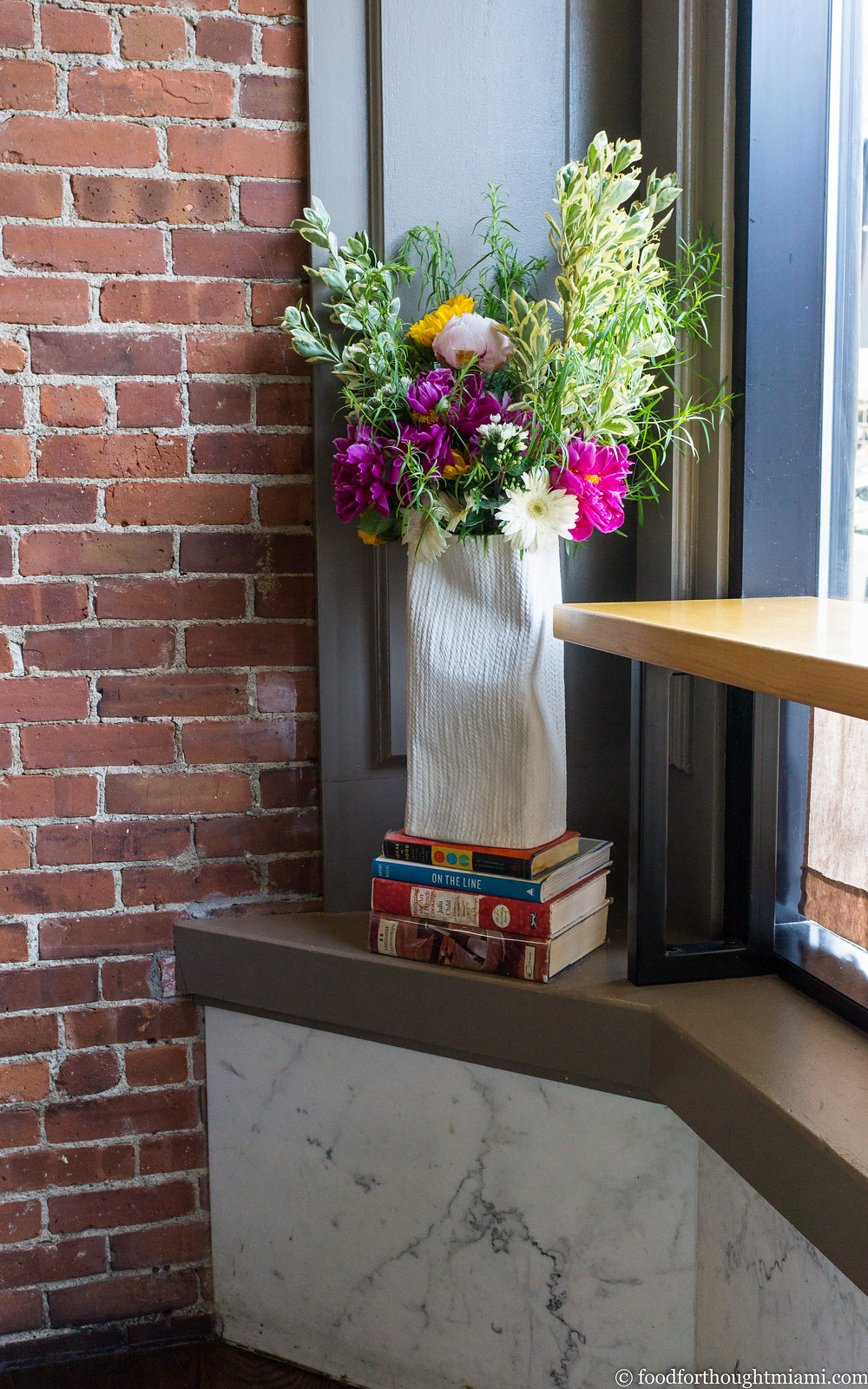

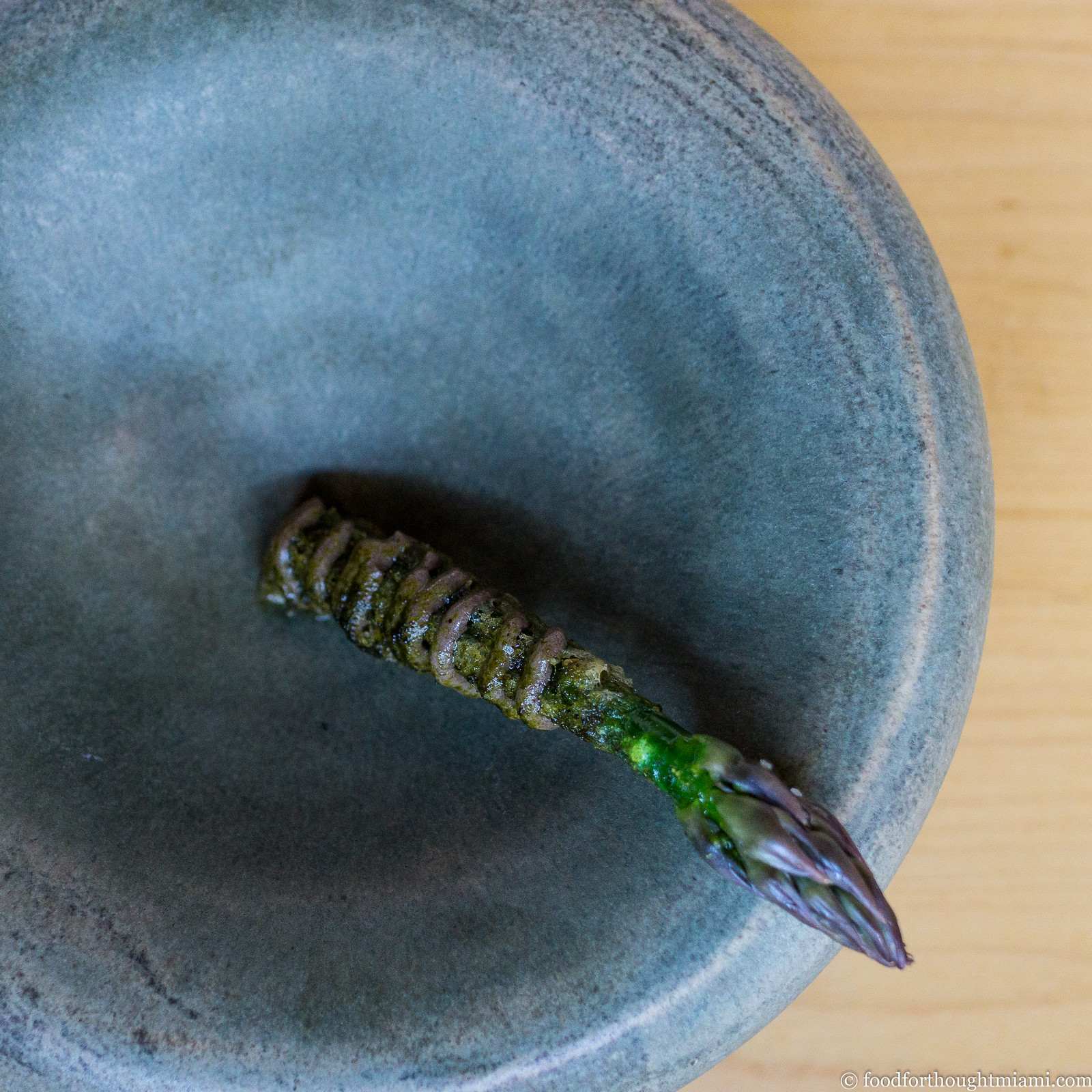

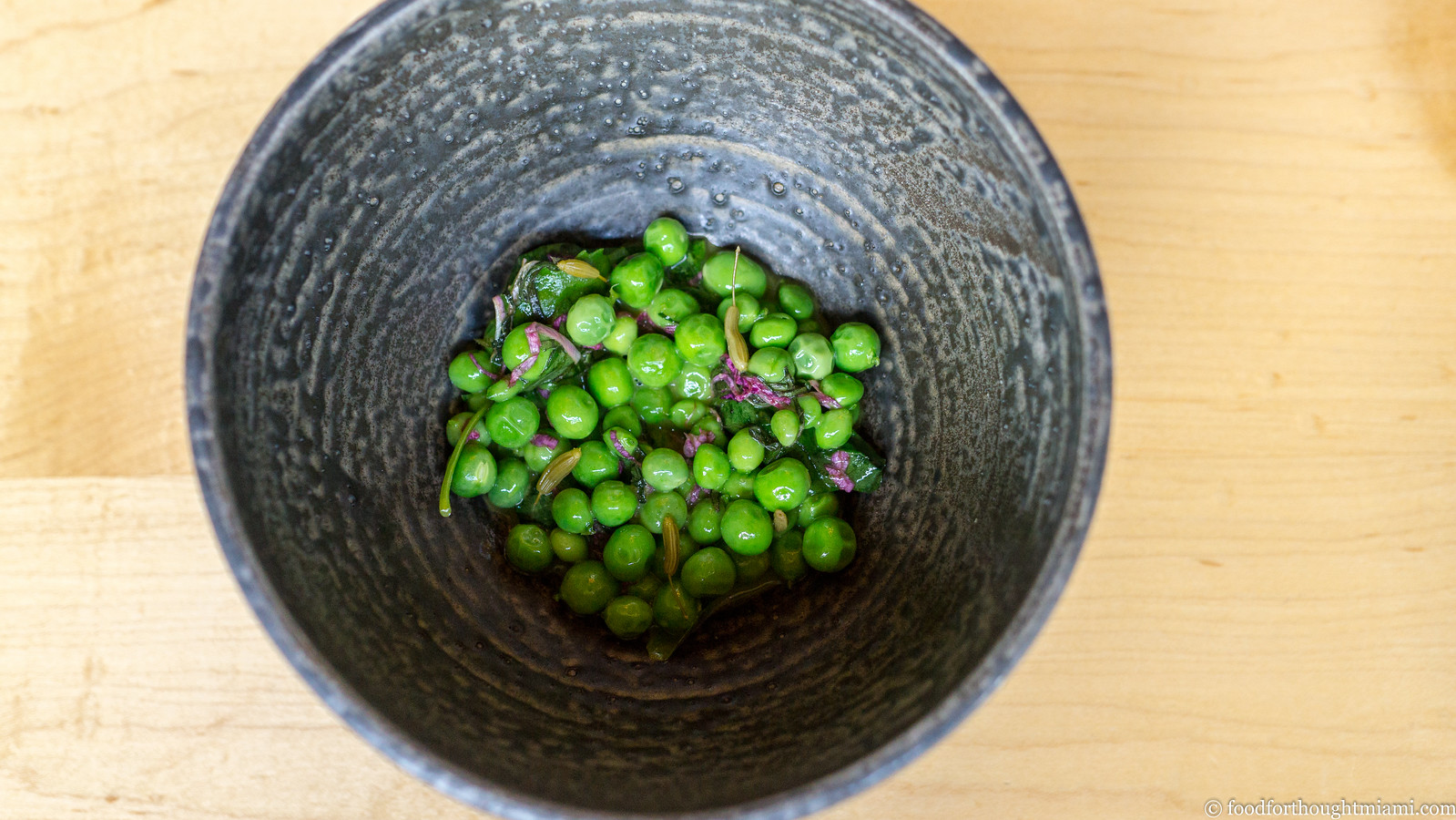

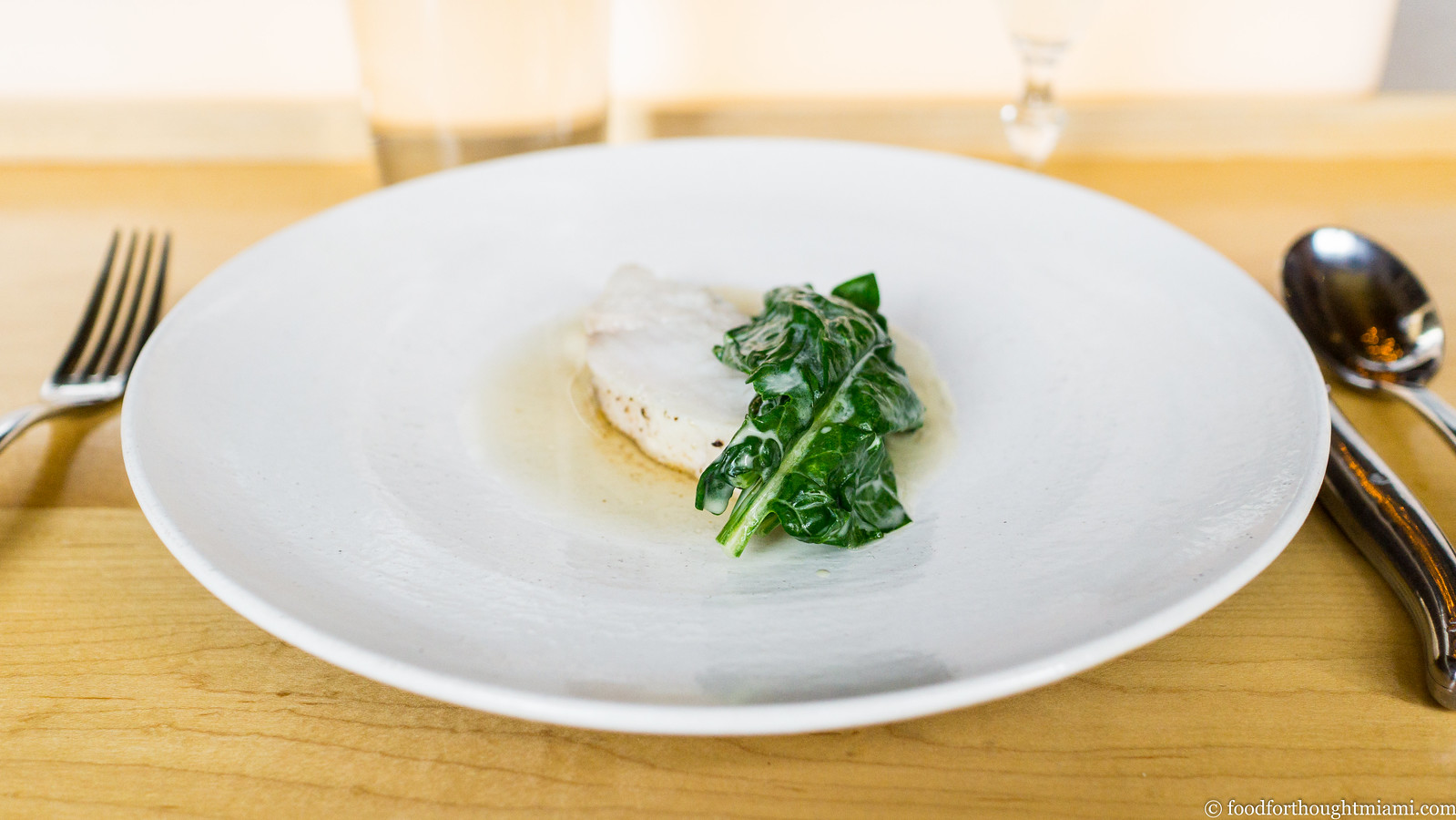
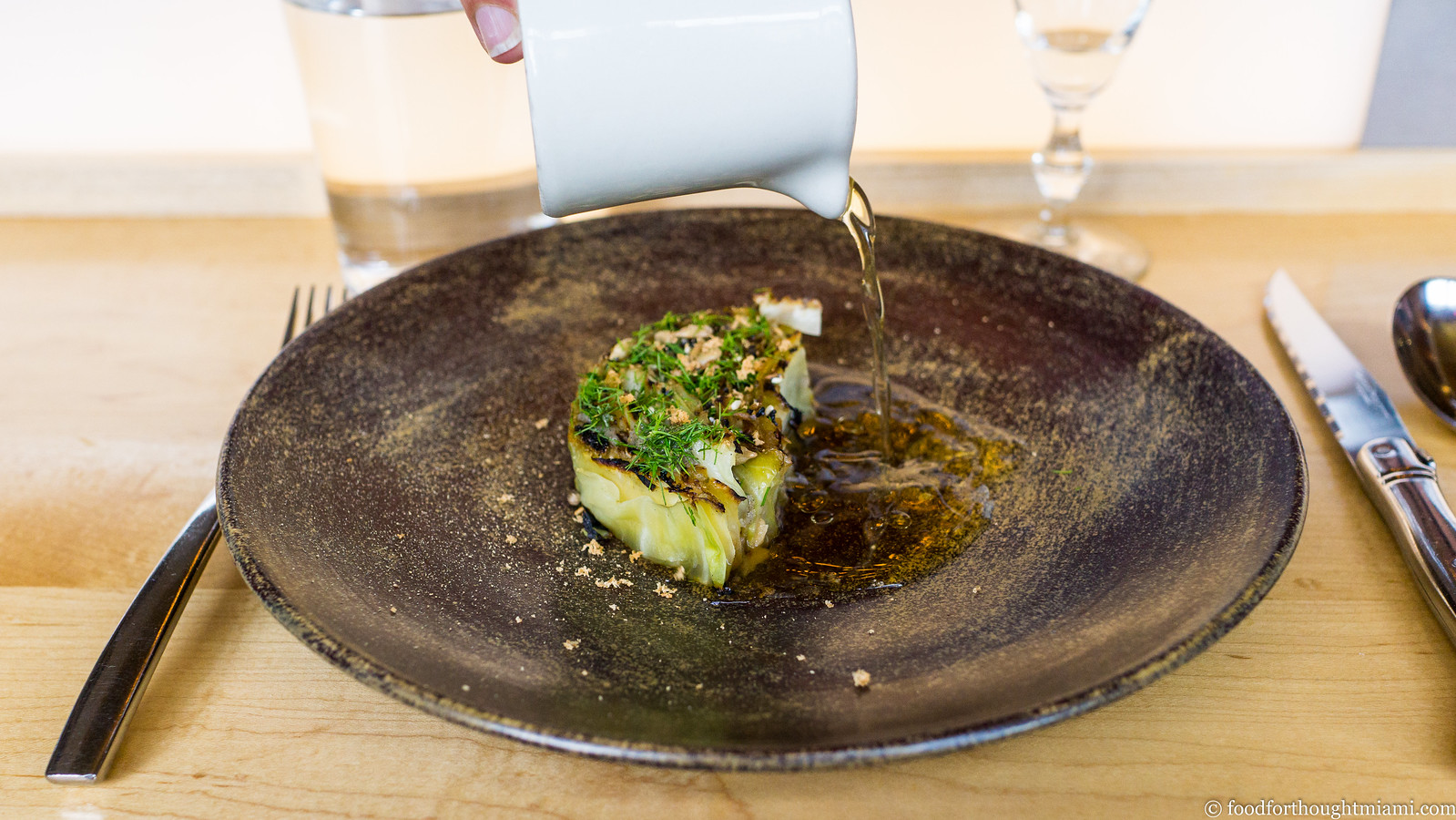

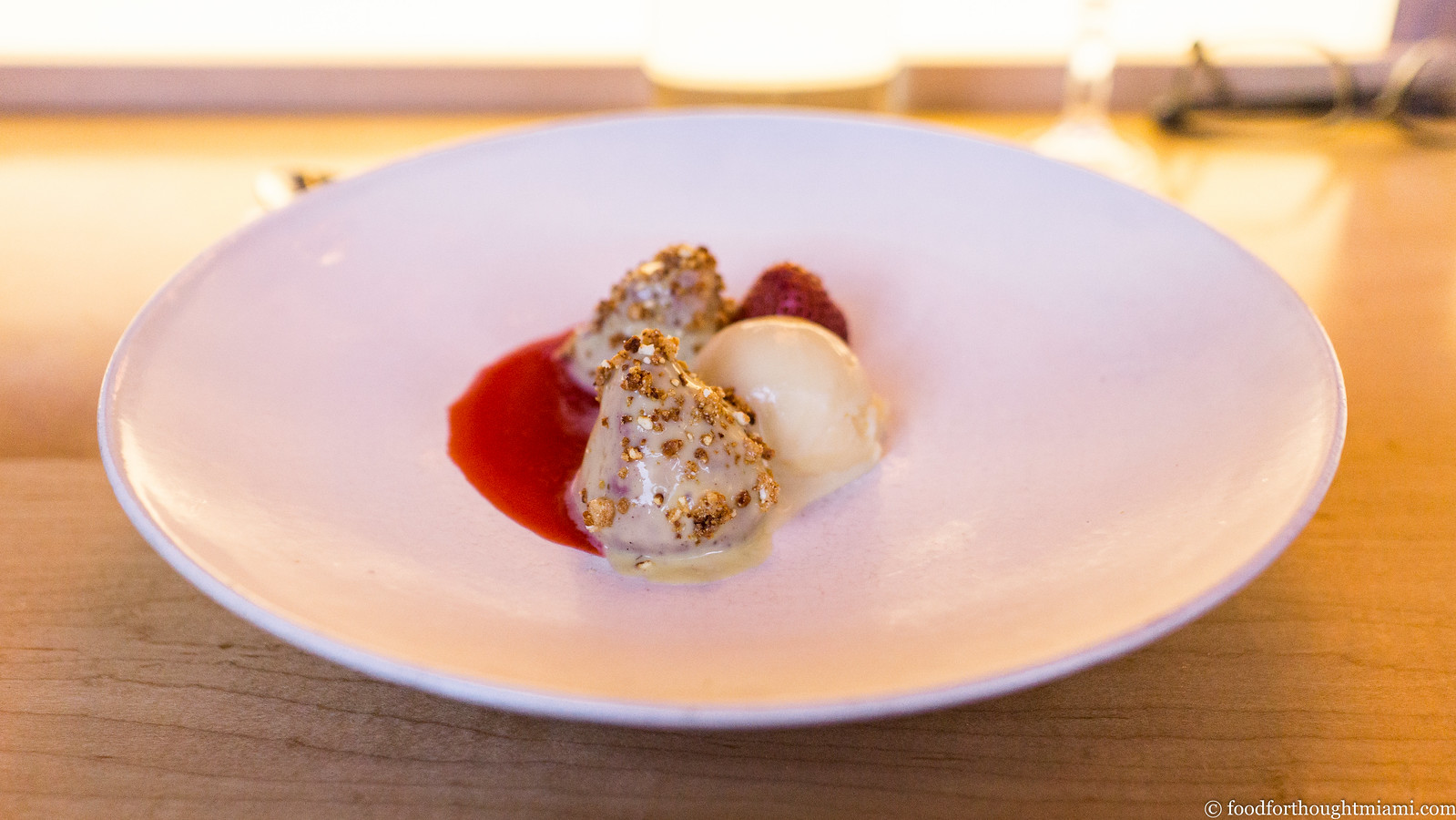
Are fennel capers fennel buds that have been cured like capers?
ReplyDeleteI may have misheard "fennel capers," but I believe that's what they are. if you look at the picture you can see little olive-green buds.
ReplyDelete